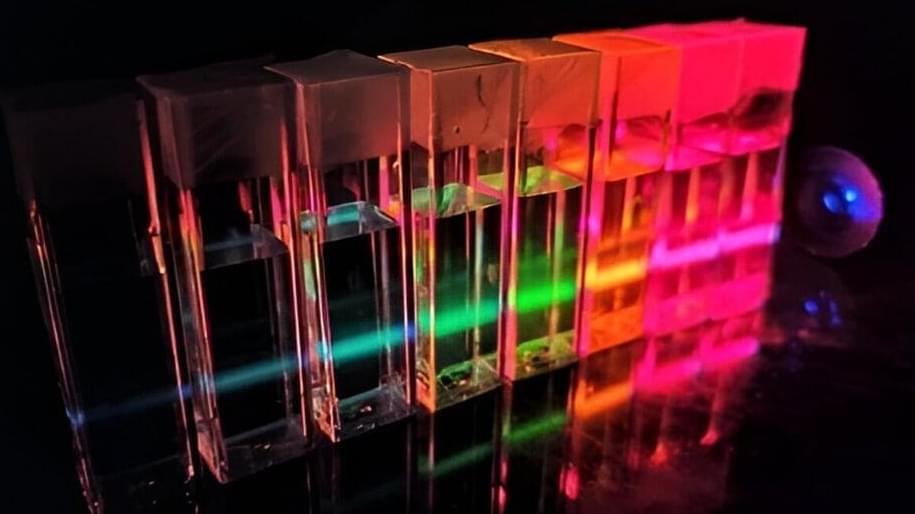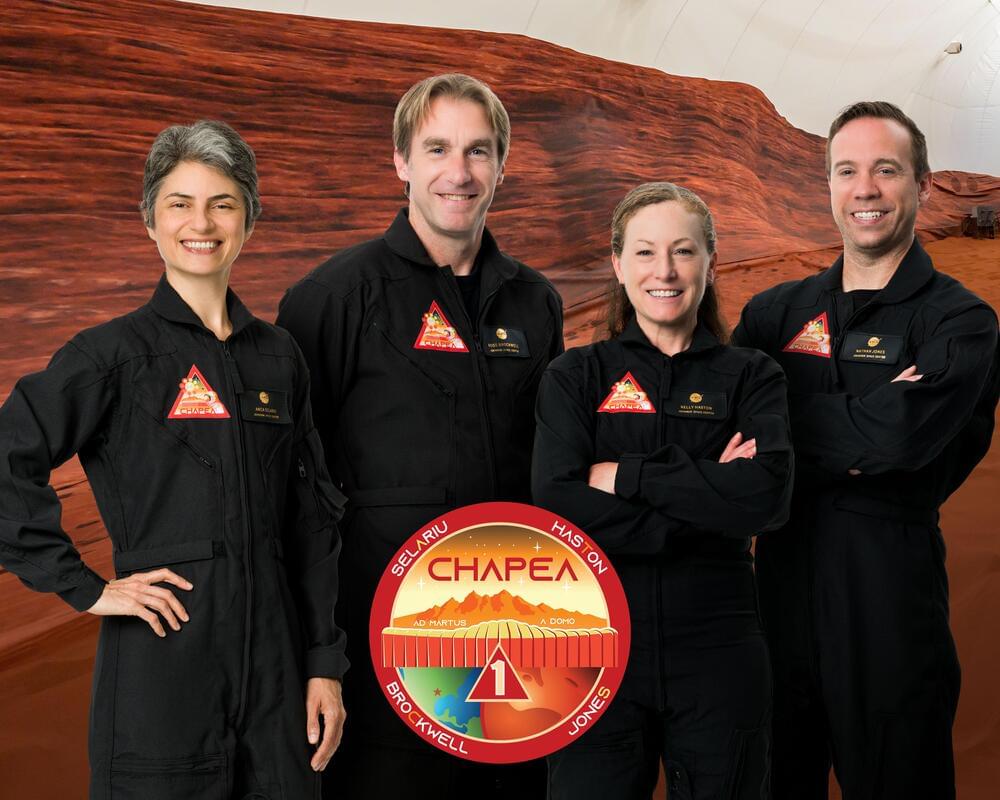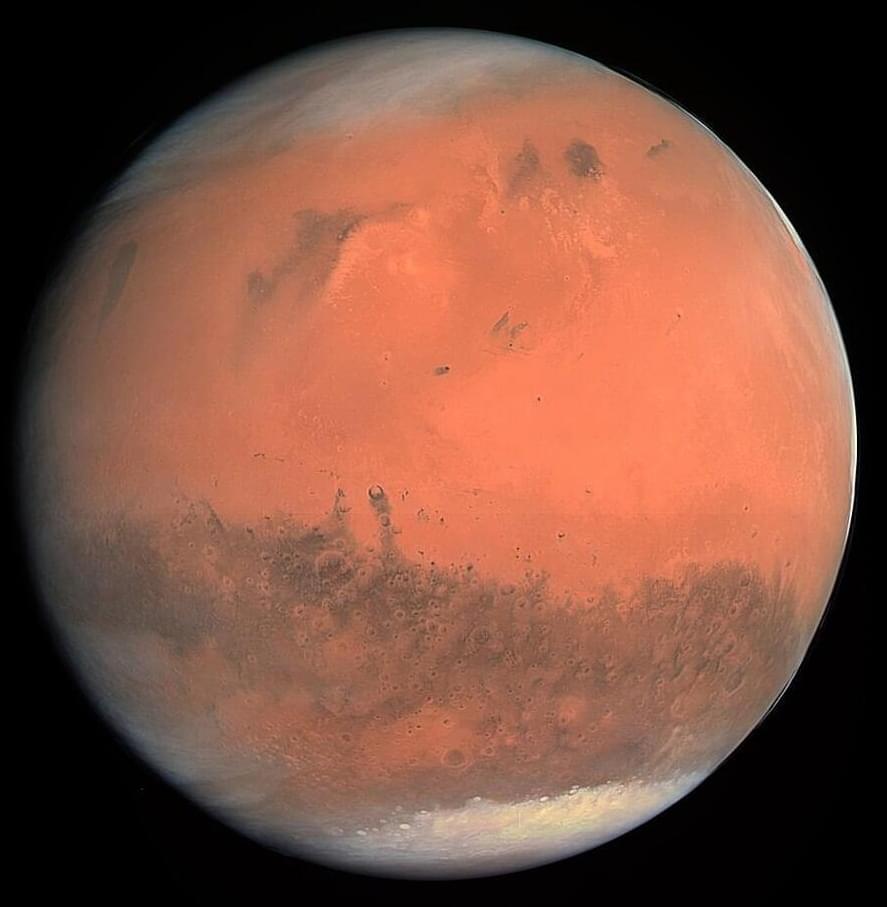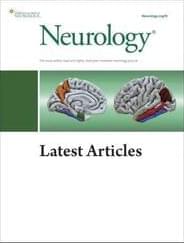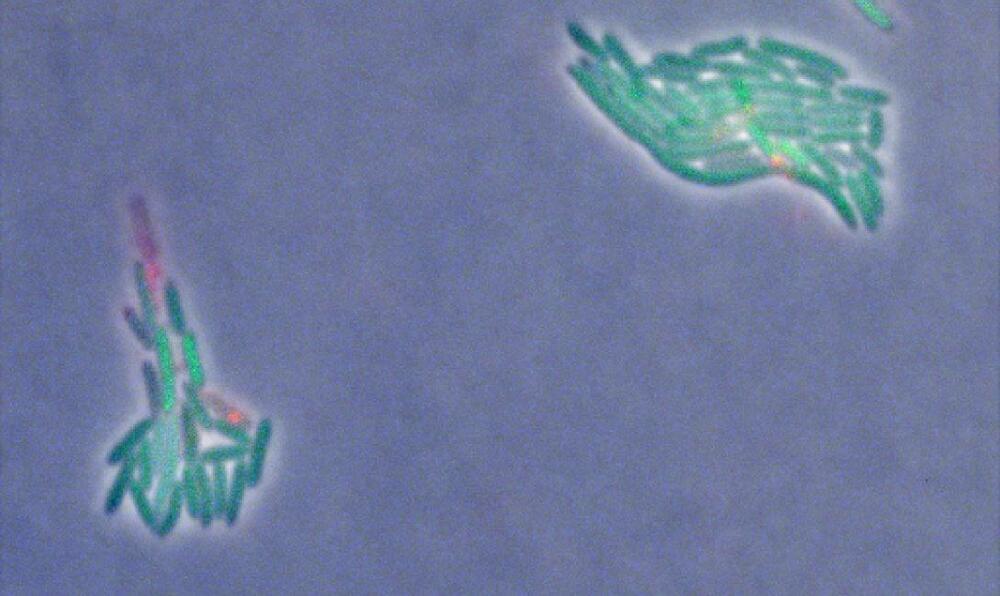Jul 2, 2024
Study employs image-recognition AI to determine battery composition and conditions
Posted by Shailesh Prasad in categories: materials, robotics/AI
An international collaborative research team has developed an image recognition technology that can accurately determine the elemental composition and the number of charge and discharge cycles of a battery by examining only its surface morphology using AI learning.
Professor Seungbum Hong from the Korea Advanced Institute of Science and Technology (KAIST) Department of Materials Science and Engineering, in collaboration with the Electronics and Telecommunications Research Institute (ETRI) and Drexel University in the United States, has developed a method to predict the major elemental composition and charge-discharge state of NCM cathode materials with 99.6% accuracy using convolutional neural networks (CNN).
The paper is published in the journal npj Computational Materials.

